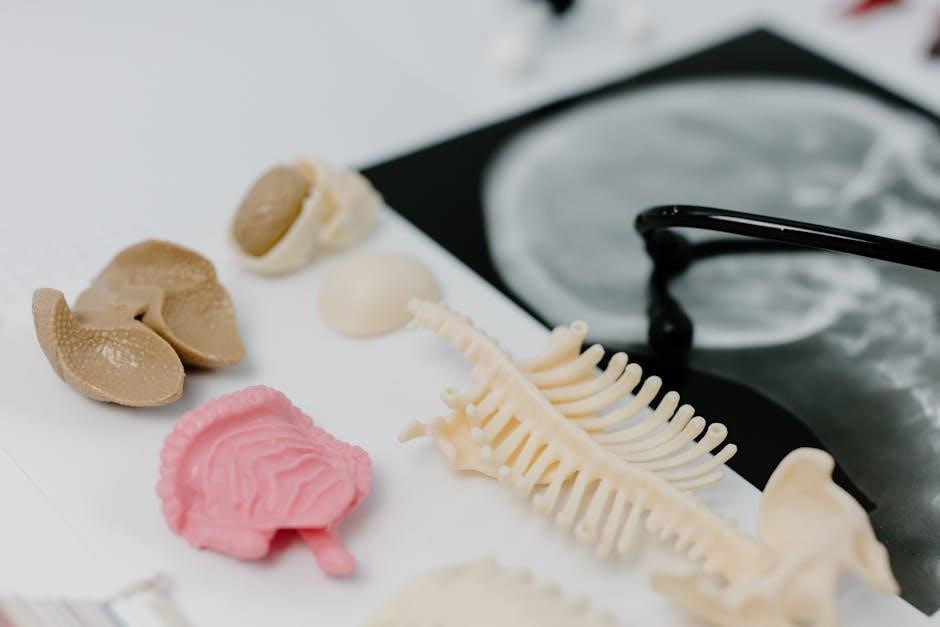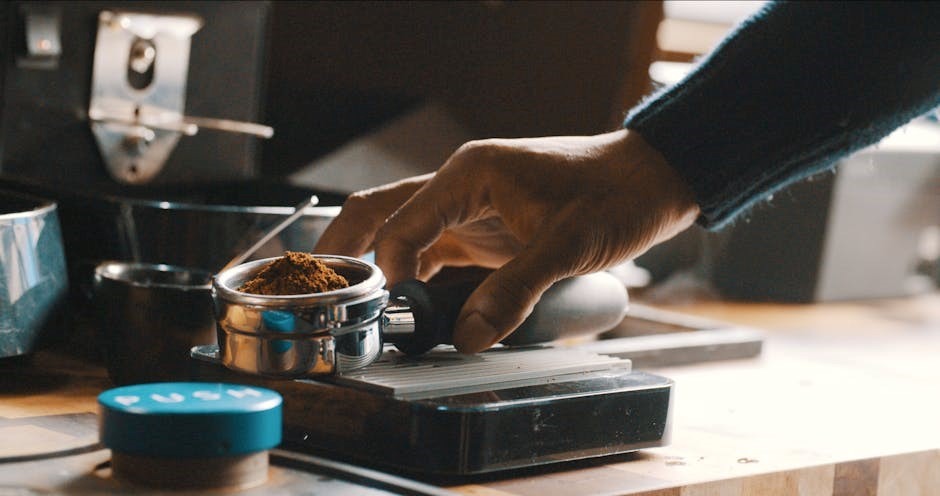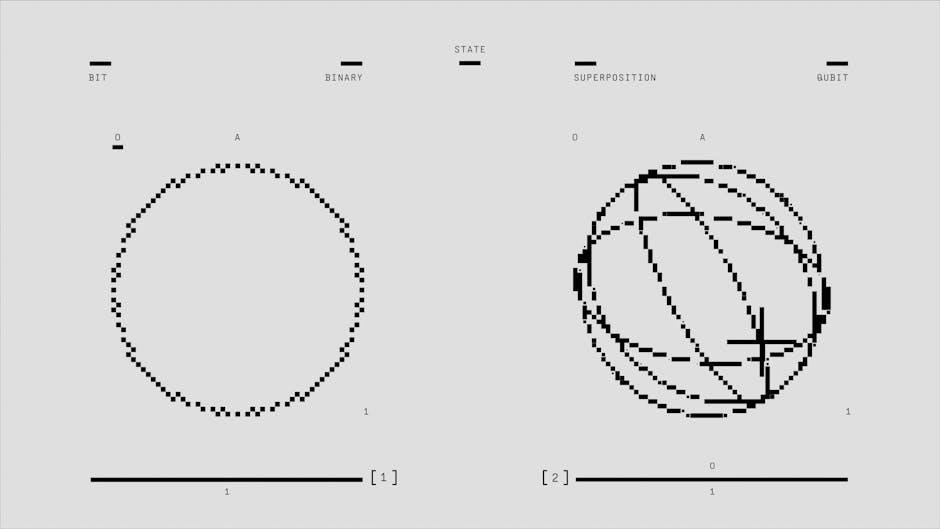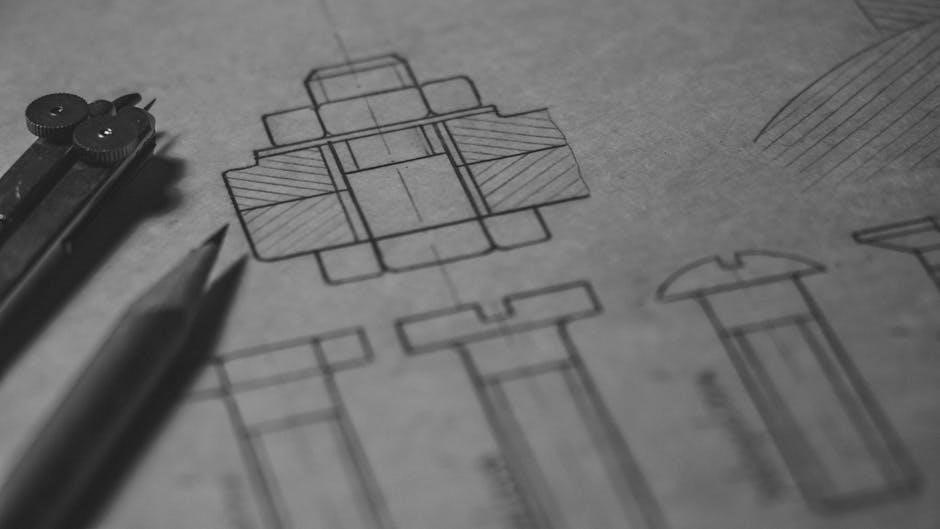Choosing the correct life jacket size is crucial for safety and comfort. Proper fit ensures mobility and buoyancy, essential for various water activities. Understanding sizing is key to selecting the right personal flotation device.
Importance of Proper Fit
A properly fitted life jacket is paramount for safety in and around water. If a life jacket is too small, it may not provide sufficient buoyancy to keep the wearer afloat, while a life jacket that is too large can ride up, potentially obstructing the face or hindering movement. A snug fit, similar to a glove, is ideal, allowing for flexibility while ensuring the jacket performs as designed. A life jacket that is too loose might not stay in place during an emergency. These factors greatly influence a life jacket’s effectiveness in keeping you safe and secure.

Understanding Life Jacket Size Charts
Life jacket size charts are essential tools for selecting the right fit. These charts provide measurements that help users find a life jacket that corresponds to their body dimensions and weight.
Manufacturer Variations in Sizing
It’s important to acknowledge that sizing can significantly vary across different life jacket manufacturers. Each brand may have its unique interpretation of “small,” “medium,” or “large,” and their specific measurements might differ significantly. Therefore, it is crucial not to assume your size is consistent across brands. Always refer to the specific size chart provided by the manufacturer of the life jacket you intend to purchase. This is because manufacturers create charts for a snug, athletic fit, and they legally cannot modify them, even if a customer feels the vest is too small. This variability underscores the necessity of checking each size chart individually to ensure you are getting the most appropriate and safest fit for your needs.
Standard Measurements⁚ Chest vs. Weight
When determining the correct life jacket size, both chest measurements and weight are critical factors, although weight often takes precedence. While chest measurements are vital for ensuring a snug, comfortable fit, the life jacket’s buoyancy, and thus its effectiveness, is primarily determined by weight capacity. Most manufacturers provide size charts that include both chest circumference ranges and weight limits. It’s essential to choose a life jacket that corresponds to your weight, ensuring adequate flotation. In cases where chest measurements fall between sizes, prioritize the weight limit. Some brands, like Hyperlite and HO Sports, recommend using stomach measurements if larger than the chest. Therefore, considering both measurements and adhering to weight restrictions is paramount for safety.

How to Measure for a Life Jacket
Accurate measurements are key for a proper life jacket fit. Measure your chest circumference at its widest point. Consider also your stomach measurement and always prioritize weight.
Taking Accurate Chest Measurements
To obtain an accurate chest measurement, use a flexible measuring tape. Ensure the tape is placed around the broadest part of your chest, typically under the armpits and across the shoulder blades. Keep the tape level and snug, not too tight. It’s best to have someone else assist with this process to ensure the tape remains in the correct position. Record the measurement in centimeters or inches, depending on the sizing chart used by the life jacket manufacturer. This measurement will be the primary factor in determining the correct life jacket size, especially for adult sizing. Proper chest measurement is crucial for a snug, yet flexible fit, allowing for comfort and freedom of movement during water activities. Remember, a life jacket that is too small won’t provide adequate buoyancy.
Considering Stomach Measurements
While chest measurements are often the primary factor in life jacket sizing, it’s crucial to also consider stomach measurements, particularly for individuals with a larger midsection. In some cases, your stomach measurement might be larger than your chest measurement. If that’s the case, you should use your stomach measurement when consulting the size chart. This ensures the life jacket will fit comfortably around your torso and not ride up. Proper fit around the stomach area is essential for a secure and comfortable experience, allowing for full range of motion during various water activities. Ignoring the stomach measurement can lead to a life jacket that feels too tight, restricting movement and potentially compromising safety. Always prioritize the larger of the two measurements when selecting your life jacket size.
Life Jacket Sizing for Different Groups
Life jacket sizing varies significantly between adults, children, and infants. Each group requires specific considerations to ensure proper fit and safety. Understanding these differences is paramount for effective protection.
Adult Sizing Considerations
When selecting a life jacket for adults, chest measurements are the primary factor, although weight can also be a consideration. Manufacturers often design their sizing charts for a snug fit on an athletic body, which may require adjustments for individuals with different body types. It is important to note that legal restrictions prevent retailers from altering manufacturer size charts, even if customers feel the fit is too small. If your stomach measurement is larger than your chest, use the stomach measurement instead. The life jacket should fit snugly, like a glove, while allowing flexibility for different water activities. Remember that a life jacket that is too small will not keep you afloat, while one that is too large might ride up over your face. Therefore, it is crucial to measure accurately and refer to brand-specific size charts, as sizes vary greatly between manufacturers. Ensure that the vest fits well without being constrictive, enabling free movement for activities such as fishing or paddling.
Children and Infant Sizing
When selecting life jackets for children and infants, weight is more critical than height. It’s crucial to refer to specific size charts designed for younger individuals, as adult sizing metrics don’t apply. Infant life jackets are designed with extra features, like head support, to keep their faces out of the water. Children’s sizes are often designated by weight ranges, not just age or chest size, and these weight ranges vary amongst manufacturers. It is essential to measure a child’s chest circumference and then compare it to the size charts to ensure a snug and secure fit. A life jacket that is too big can be dangerous. Regularly check the fit as a child grows and adjust the jacket as needed. Proper fit is critical for safety. Remember to choose a life jacket that meets the US Coast Guard’s requirements and is designed for the specific needs of children and infants. Always prioritize safety by ensuring the child is comfortable and has full movement.

Brand Specific Size Charts
Different brands, like Hyperlite, HO Sports, O’Neill, Ronix, and Liquid Force, have their own unique size charts. Always consult these charts before purchasing, as sizes can vary significantly between brands.
Hyperlite and HO Sports Sizing
Hyperlite and HO Sports prioritize a snug, athletic fit for their life jackets. Their sizing charts typically use chest measurements, but it’s crucial to note that if your stomach measurement exceeds your chest measurement, you should use the stomach measurement to determine the correct size. They recommend sizing up for the perfect ride. The charts provide specific measurements in centimeters for various sizes ranging from small to 4XL and beyond. It’s essential to have someone else take the measurements for accuracy. Proper fit ensures that the life jacket performs as designed, preventing it from being too small or too large. The size charts are a guide, and it’s best to try the life jacket on before buying.
O’Neill, Ronix, Liquid Force Sizing
O’Neill, Ronix, and Liquid Force are top-selling neoprene life jacket brands, each with their own sizing guidelines. When selecting a life vest from these brands, it’s essential to refer to their specific size charts. These charts typically focus on chest measurements, though some might incorporate weight as a secondary factor. It is important to remember that manufacturer size charts are designed for a snug fit and assume an athletic build. Although they are not allowed to modify their charts, it is always important to test the fit before purchasing. Proper fit is paramount for safety and comfort. It’s always advisable to check the specific size chart for each life jacket or buoyancy aid from these brands.

Additional Sizing Tips
A snug fit is vital, ensuring the life jacket doesn’t ride up. Adjust for comfort, allowing for mobility while maintaining safety. Always prioritize a secure yet flexible fit for water activities.
Snug Fit vs. Mobility
Finding the right balance between a snug fit and adequate mobility is crucial when selecting a life jacket. A life jacket should fit snugly, like a glove, ensuring it stays in place during water activities. However, it should not be so tight that it restricts movement or breathing. The fit needs to allow a full range of motion for the specific water activity, whether it’s swimming, paddling, or boating. If the jacket is too loose, it can ride up over the face or shift, compromising its effectiveness. Conversely, a fit that is too tight will hinder your ability to move freely. A properly fitted life jacket should allow you to move comfortably and safely in the water. Prioritize both safety and freedom of movement for the best experience.
Adjusting for Comfort
Adjusting a life jacket for optimal comfort is a critical step after selecting the correct size. Most life jackets come with adjustable straps, usually located at the sides, shoulders, and waist. These straps allow you to fine-tune the fit to your body, ensuring the jacket is snug without restricting movement. Start by loosening all the straps, put on the life jacket, and then gradually tighten them until you achieve a secure but comfortable fit. The life jacket should not move excessively when you move your arms or torso, and you should be able to breathe easily. Take the time to adjust the straps correctly each time you wear the life jacket for maximum comfort and safety. Consider the activity and adjust accordingly.
Proper life jacket sizing is paramount for safety. Always try on a life jacket before purchasing to ensure the best fit and comfort, considering all adjustments. Make sure the life jacket is snug and allows mobility.
Importance of Trying Before Buying
While size charts provide a starting point, trying on a life jacket before buying is crucial. Manufacturers’ charts often assume an athletic build, and individual body shapes vary greatly. A life jacket that fits one person may not fit another, even if they have similar measurements. A too-small life jacket won’t provide adequate flotation, while an overly large one can ride up, hindering movement or even obstructing vision; Trying before buying helps ensure the jacket is both snug and comfortable. It should allow a full range of motion, not restricting your ability to participate in your chosen water activity. This is the only way to guarantee proper fit and safety, which is more important than relying solely on a chart. Always try before you buy!

























